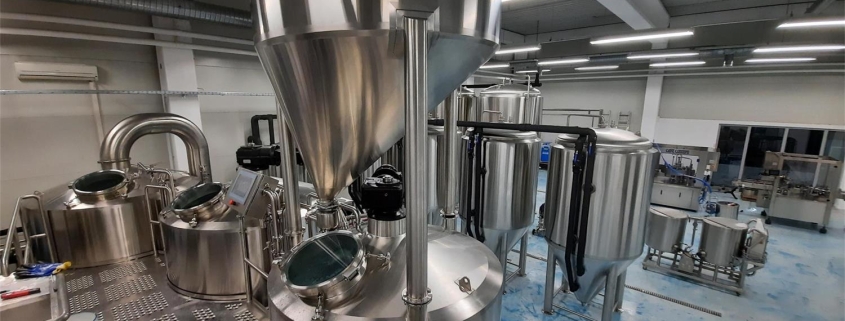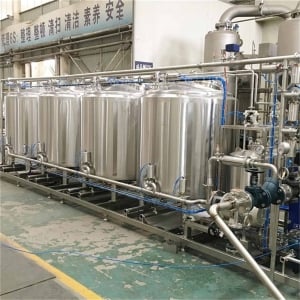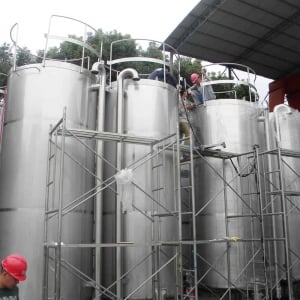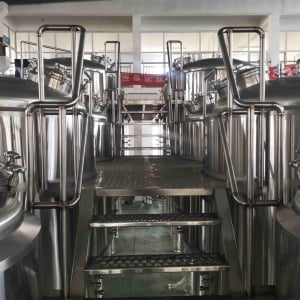3 Barrel Mash Tuns for Craft Brewing
A 3 BBL Mash Tun is a key vessel in the brewing process, facilitating the steeping of milled grains to convert starches into fermentable sugars. This guide covers 3 barrel (BBL) mash tun design, specifications, manufacturing, selection criteria and operation for craft breweries.
Types of 3 BBL Mash Tuns
| Mash Tun Type | Description |
|---|---|
| Insulated | Heated/refrigerated outer jacket |
| Steam jacketed | Steam heating coils surround vessel |
| Infusion | Single temperature mash |
| Multi-step | Programmable temp rest profiles |
| Semi-lauter | Internal false bottom |
| Lauter | Rake or roller mechanism |
Commercial mash filters provide efficiency and automation but are expensive. Small producers often use basic infusion tuns with false bottom or direct fire heating.
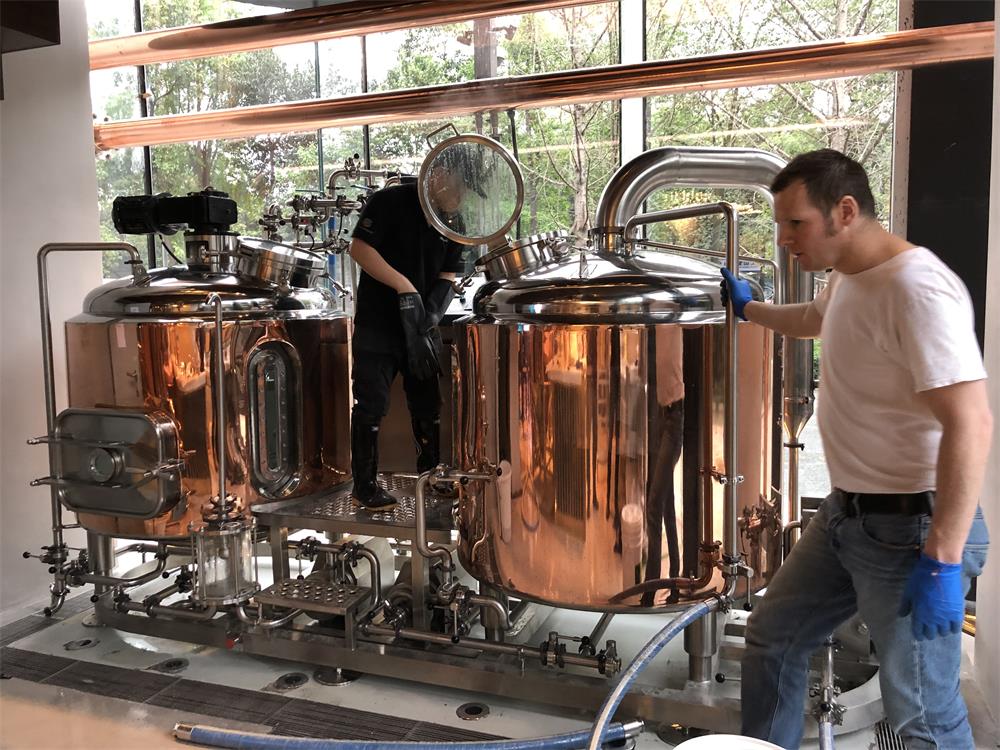
Overview of Mashing Process
The typical mashing process consists of:
- Milled grain is mixed with hot water and allowed to steep 30-90 mins. Enzymes convert starch into sugars.
- Temperatures between 150-160°F are held for sachharification rest. pH is adjusted.
- Optionally, further rests enhance fermentability, body or head retention. Step mashing improves efficiency.
- Wort is lautered by draining liquid through grain bed and sparging to extract sugars.
- Clear wort moves on to the boil kettle and spent grains removed.
Precision temperature control and uniform wetting during mashing are critical to hit target parameters. Agitation between rests helps stabilize.
3 BBL Mash Tun Specifications
| Parameter | Details |
|---|---|
| Total Capacity | 90-100 gallon batches |
| Material | Stainless steel (ideally 304 grade or better) |
| Dimensions | 48-60” diameter; height varies |
| Batch Size | Up to 3 bbls (~93 gal) |
| Trim | sight/light glass, sample valve, aeration stone |
| Weight | 650-1200 lbs empty |
| Floor Space | ~6’x6’ footprint |
Additional specs like thickness, fittings, heating system types vary greatly across mash tun designs and manufacturers.
3 BBL Mash Tun Manufacturers & Pricing
| Company | Price Range |
|---|---|
| JV Northwest | $9500 – $16,000 |
| SS Brewtech | $8800 – $14,500 |
| Spike Brewing | $7500 – $12,000 |
| Ss Brewtech | $7000 – $10,000 |
| Blichmann | $6500 – $9500 |
Quoted pricing indicates mash tun vessel only without controllers or accessories. Budget higher for turnkey automated systems rather than basic tun configurations.
3 BBL Mash Tun Installation
| Task | Details |
|---|---|
| Location | Near brewkettle for wort transfer |
| Mounting | Level stable surface; custom stand |
| Connections | Inlets, returns for heating system |
| Layout | Floor drains, pumps, power |
| Controls | Temperature sensors, automation |
| Testing | Check valve seals, sample flows |
Proper layout right from design stage prevents major issues. Place tun 18-24” off ground for ergonomic handling of grains during mashing in and out.
Operating 3 BBL Mash Tuns
| Phase | Procedure |
|---|---|
| Pre-mash | Heat strike water 10°F higher than target rest |
| Doughing in | Mix grist into tun slowly to wet all grain |
| Saccharification rest | Hold ~155°F to convert starches, adjust pH |
| Further steps | Program and hold protein or sugar rests if needed |
| Lautering | Recirculate then drain wort; sparge grains |
| Cleanup | Remove all spent grains post mash |
Automated processes assist with temperature steps, lautering speed and vorlauf cycles. But small batches often use manual methods due to cost.
Mash Tun Maintenance
| Frequency | Task |
|---|---|
| Per brew | Clean surfaces, gaskets, seals |
| Monthly | Inspect valves, fittings, sensors |
| Quarterly | Test heating system; replace filtrate plates if needed |
| Yearly | Full disassembly & cleaning; replace gaskets/seals |
Thoroughly clean and dry interiors after each use to avoid growth of mold or bacteria. Strict sanitation prevents contamination issues during brewing process.
How to Select a 3 BBL Mash Tun Vendor
| Factor | Considerations |
|---|---|
| Design & features | Vessel shapes, customization options |
| Heating methods | Direct fire, steam, hot liquor |
| Level of automation | Manual valves vs automated systems |
| Construction quality | Surface finish; weld inspection |
| Warranty & support | Documentation provided, ease of service |
| Company reputation | Industry experience, client references |
| Budget | System price; options affordable |
Get multiple quotes for product comparisons on pricing and key criteria like automation, configurability, after-sales support etc.
Pros and Cons of 3 BBL Mash Tun Systems
| Pros | Cons |
|---|---|
| Flexible specialty recipes | Manual steps labor intensive |
| Ideal batch size for craft brewing | Additional accessories add cost |
| Simpler licensing vs 7 bbl+ | Drainage, space, infrastructure needs |
| Lower operating costs | Learning curve for new operators |
| Customization for unique process | Resale value lower than larger turnkeys |
The 3 barrel scale balances production flexibility with manageable investment for small producers. Determine growth plans when selecting mash tun size and features.
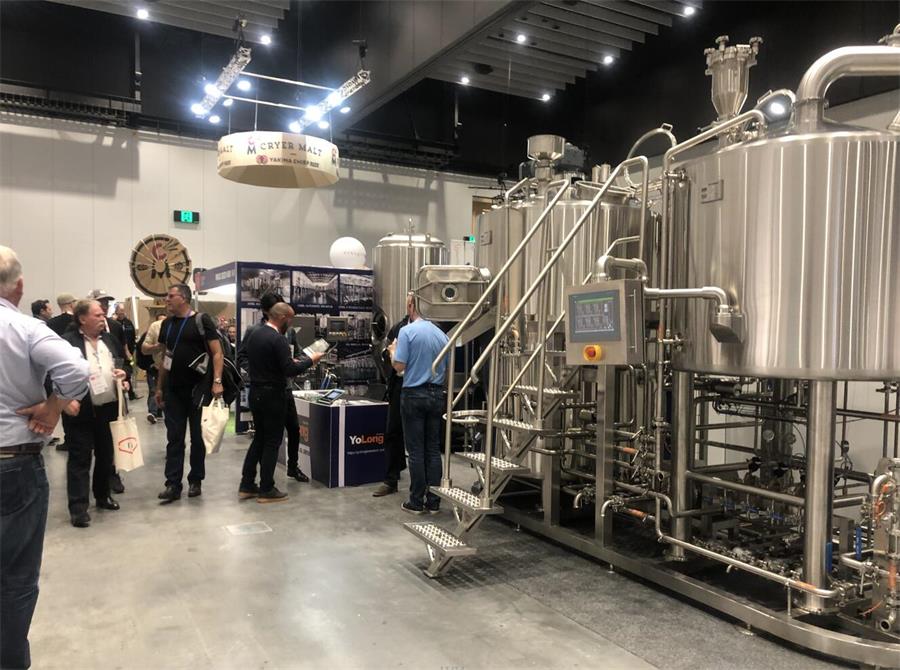
FAQ
Is direct fire or steam heating better for mash tuns?
Direct fire allows faster ramp times and better efficiency but needs more operator attention. Steam heating maintains steadier rests for automation but slower heating without a vigorous boil.
How much does an automated 3BBL mash filter system cost?
Fully automated lauter tuns with rakes or rollers run $30,000+ for 3BBL capacity. More complex than kettles or fermenters. Basic false bottom tuns with manual operation much cheaper at $7000-$12000.
What are the most common problems with 3BBL mash tun systems?
Stuck mashes, uneven heating or temperature spikes, slow runoffs, leaks at valves/fittings, clogged heat exchangers or filter plates and issues with insulation or heating control systems. Proper maintenance and cleaning mitigate most problems.
Should I buy a used mash tun to save money initially?
Used equipment can work well if carefully inspected and tested first. Have a boilermaker check seams, welds and seals. Examine internal surfaces and filters closely. Test heating system and automation if present. Ensure no contamination history.
How many times can mash tun components be reused?
With thorough CIP cleaning after every use, vessels and false bottoms can be reused for many years. Key wear items like heating coils, filter plates, ball valves and seals need replacement every 2-4 years depending on usage intensity.
Conclusion
Optimally designed and operated mash filtration systems help craft brewers precisely control conversion processes when developing specialty recipes. 3 BBL configurations balance flexibility and affordability for small batch innovation. Careful project planning for layout, drainage, accessories and automation assists trouble-free operation and maintenance for many years of quality production.

